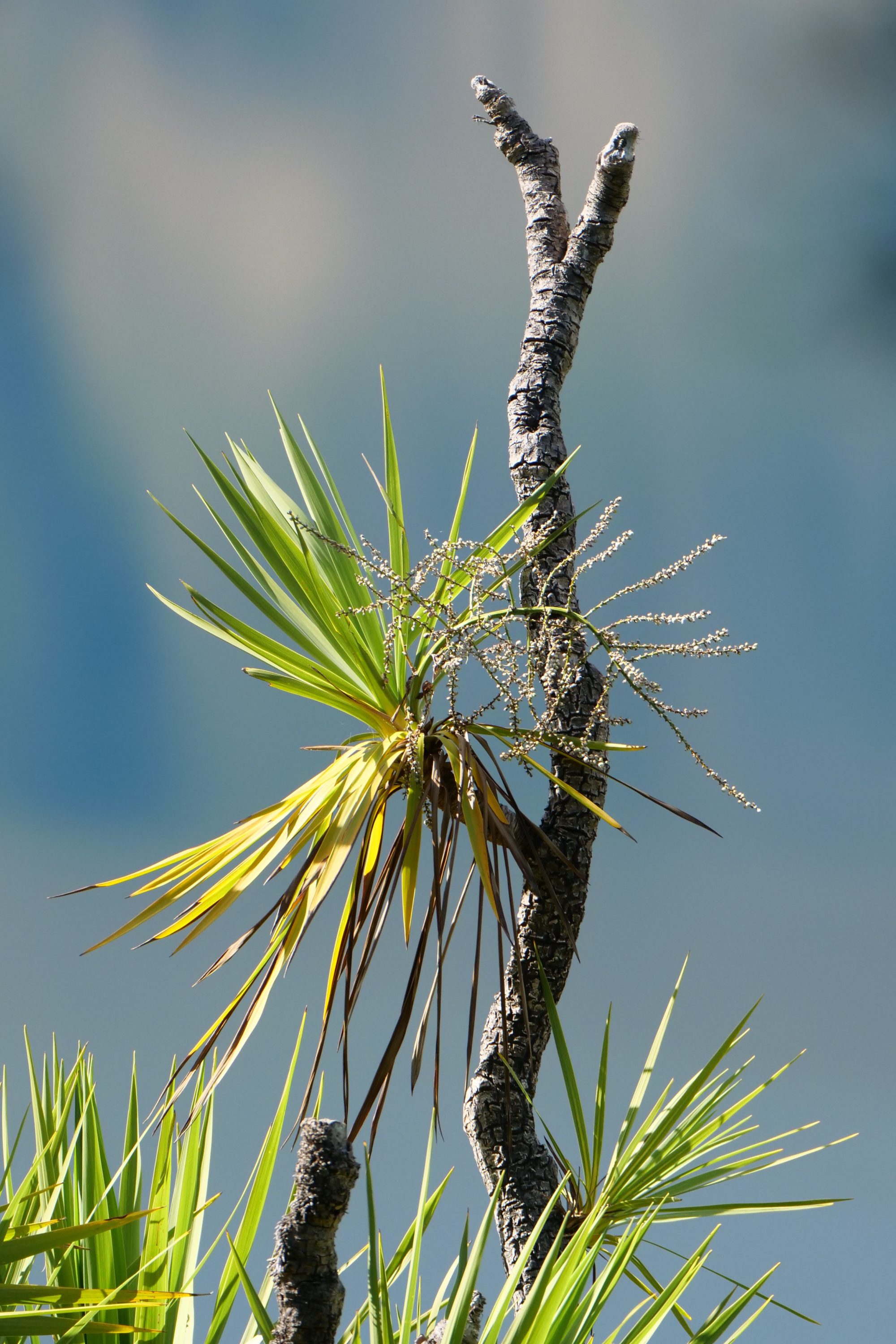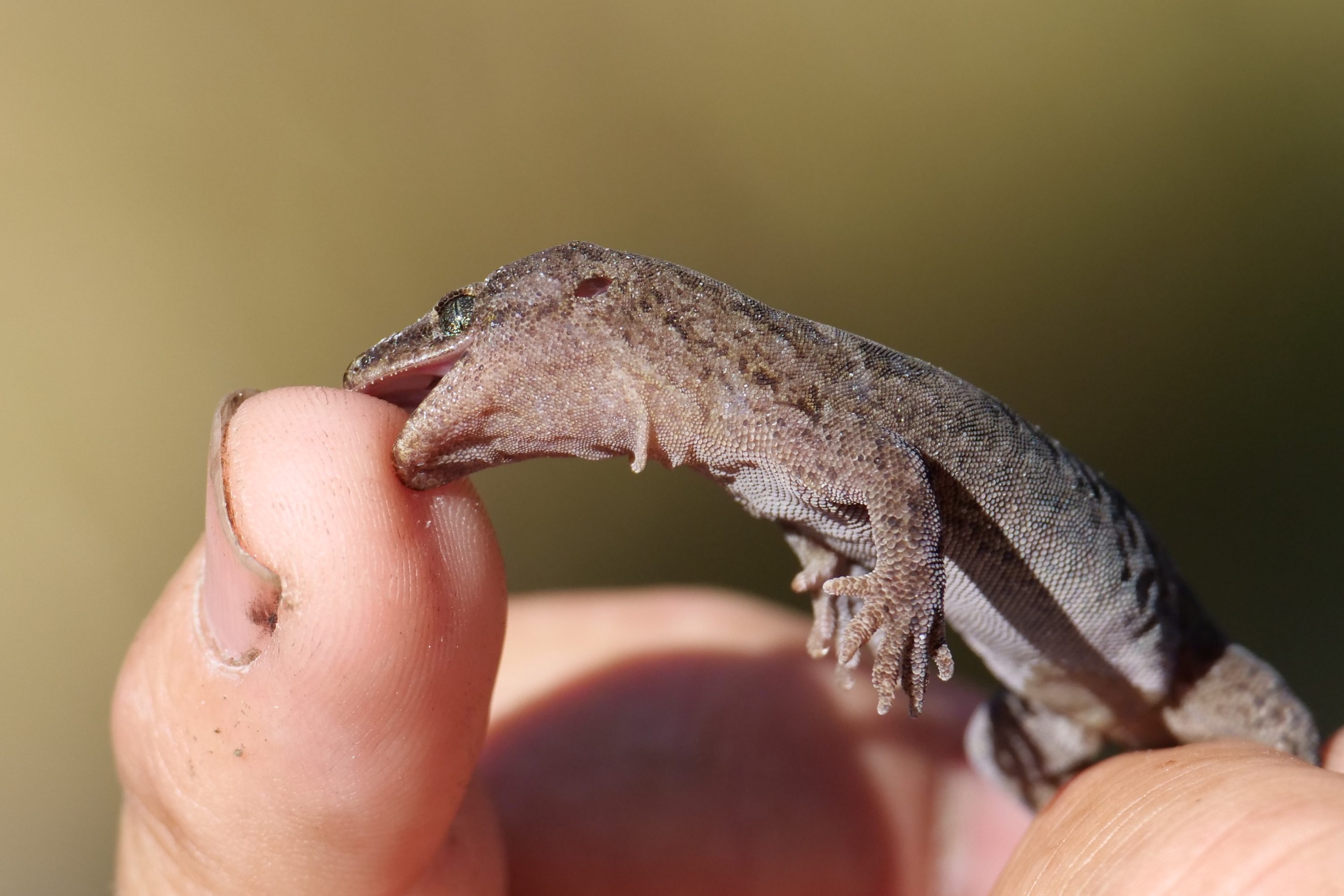Our hero/heroine was not delighted by his/her (temporary, brief) removal from the “motel” which s/he shares with an even more astonishing animal.
Respectively, reptile and insect, the Southern Alps gecko and the Mountain stone weta are two of many reasons that visitors to Wanaka ought ensure they visit Mou Waho; as well as scenic splendour, the island offers crucial sanctuary to vulnerable species.
New Zealand has a relatively small number of lizard species – circa 110 – and only two types – skinks and geckos.
However, every one of them is endemic; you will see none of them, in the wild, anywhere else on earth…and you will find it very difficult to see some of them, period.
Some are highly unusual.
For example, New Zealand’s geckos do not lay eggs; they all bear live young!
Click here for a feast of information about NZ’s lizards.

Southern Alps geckos belong to the Hoplodactylus maculatus “complex”, which has four currently-identified species.
If you preconceive reptiles as “repulsive” and “slimy”, let me suggest an excellent two-step way to overturn your preconceptions.
Step one: have a good “gecko” at a gecko. (“gecko” is Australian slang for “look at, inspect”. The term is inspired by geckos’ behaviour, and by their large eyes)
Step two: touch it.
Almost any human eyes will surely find a gecko’s appearance pleasing. It is equally hard to imagine human hands that would recoil upon contact with a gecko’s pleasantly-textured, not-at-all-slimy skin.
Arguably/inarguably, the most remarkable of all the vulnerable NZ animals to have found sanctuary on Mou Waho is Hemideina maori, the Mountain Stone Weta.
Meet the world’s largest freeze-tolerant insect – an animal that can survive being “frozen solid”.
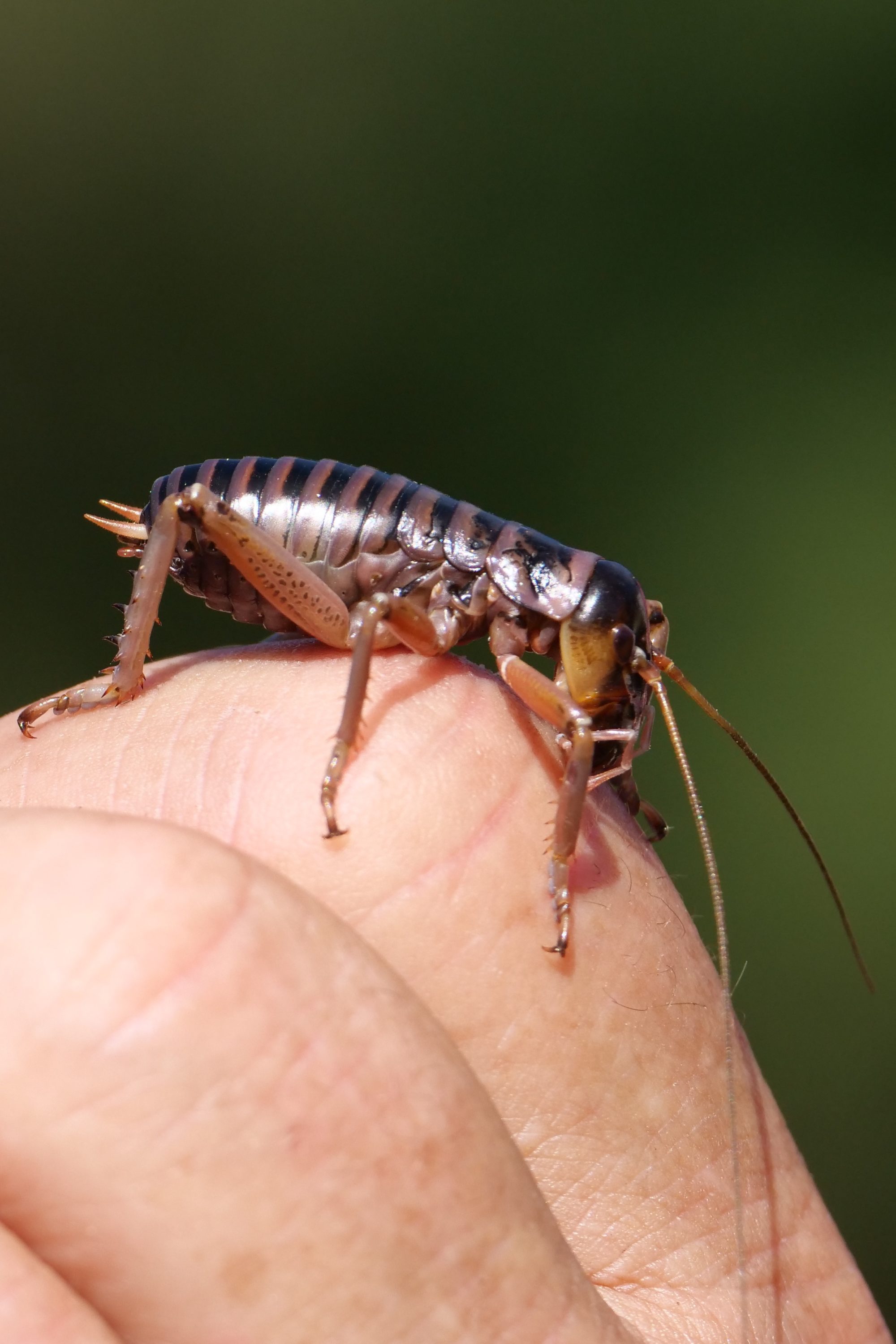
Endemic to NZ, the circa 70 weta species are ancient, giant, flightless crickets.
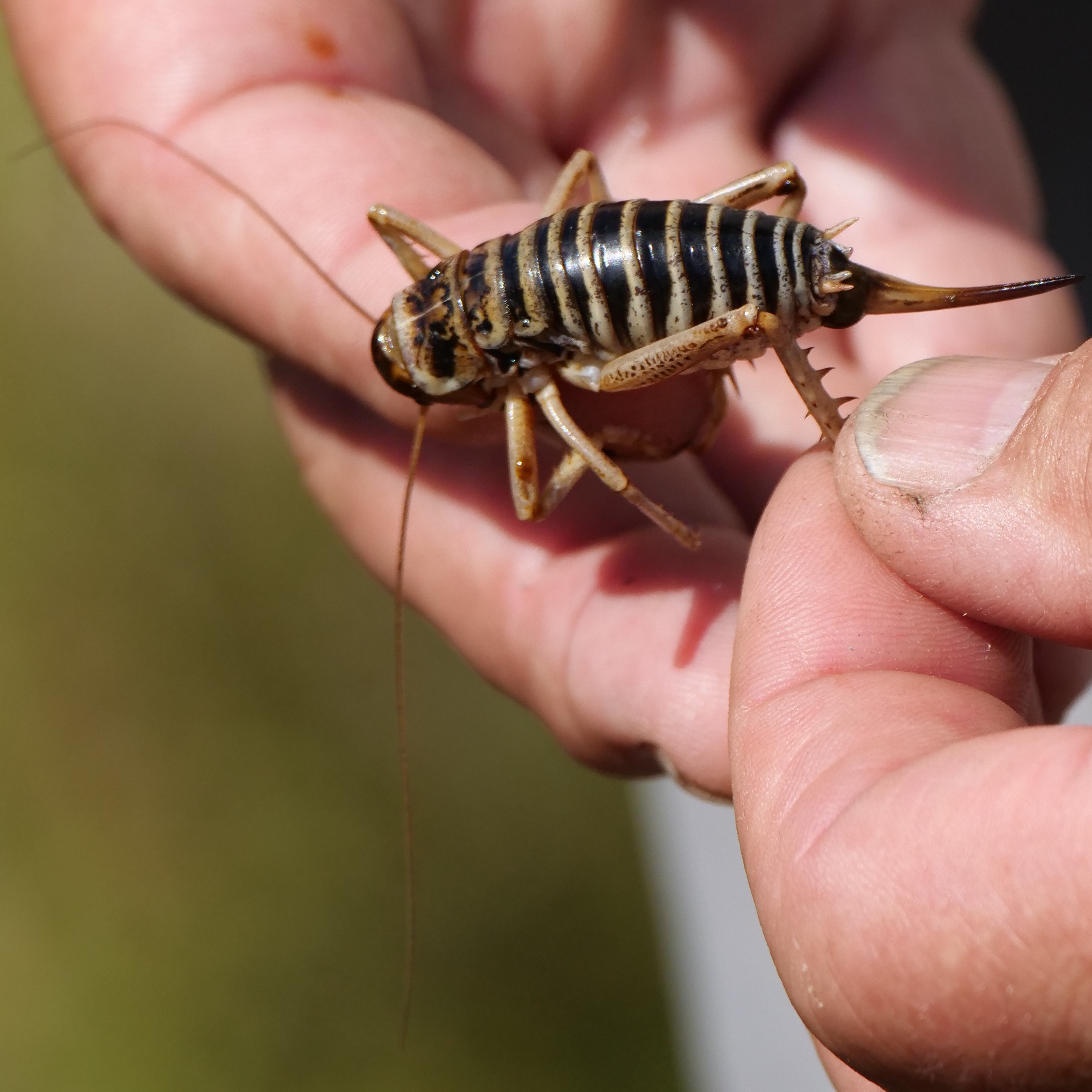
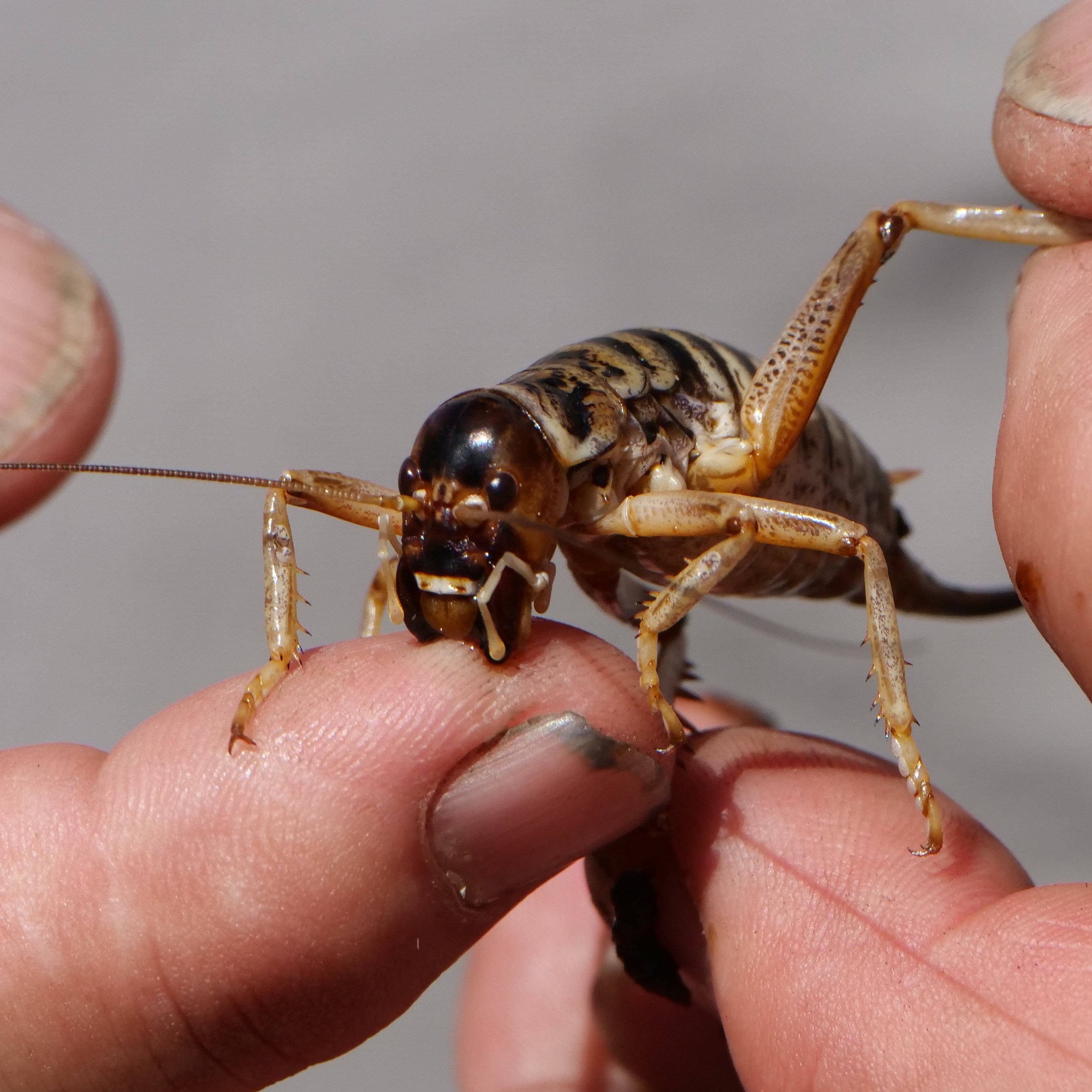
This video shows this species’ amazing ability:
Pelican Yoga‘s Mou Waho trilogy has highlighted three “flagship” vulnerable animals.
As the second chapter noted, wekas are highly inquisitive, omnivorous and relatively large birds.
You probably know that geckos eat insects.
So, surely the wekas must be a threat to Mou Waho’s geckos, and the geckos must threaten the wetas?
The images above explain why geckos are not a threat to the wetas; the geckos find the wetas too big and too formidable. When a gecko moves into a weta’s “motel”, both “tenants” coexist, each protected from wekas.
Weta motels are one of many examples of NZ human ingenuity applied to conservation problems.
Long before the invention of any kind of motel, plants and animals had to develop their own defences against each other.
On Mou Waho you can see such natural defences still in place, even after the extinction of the relevant attackers.
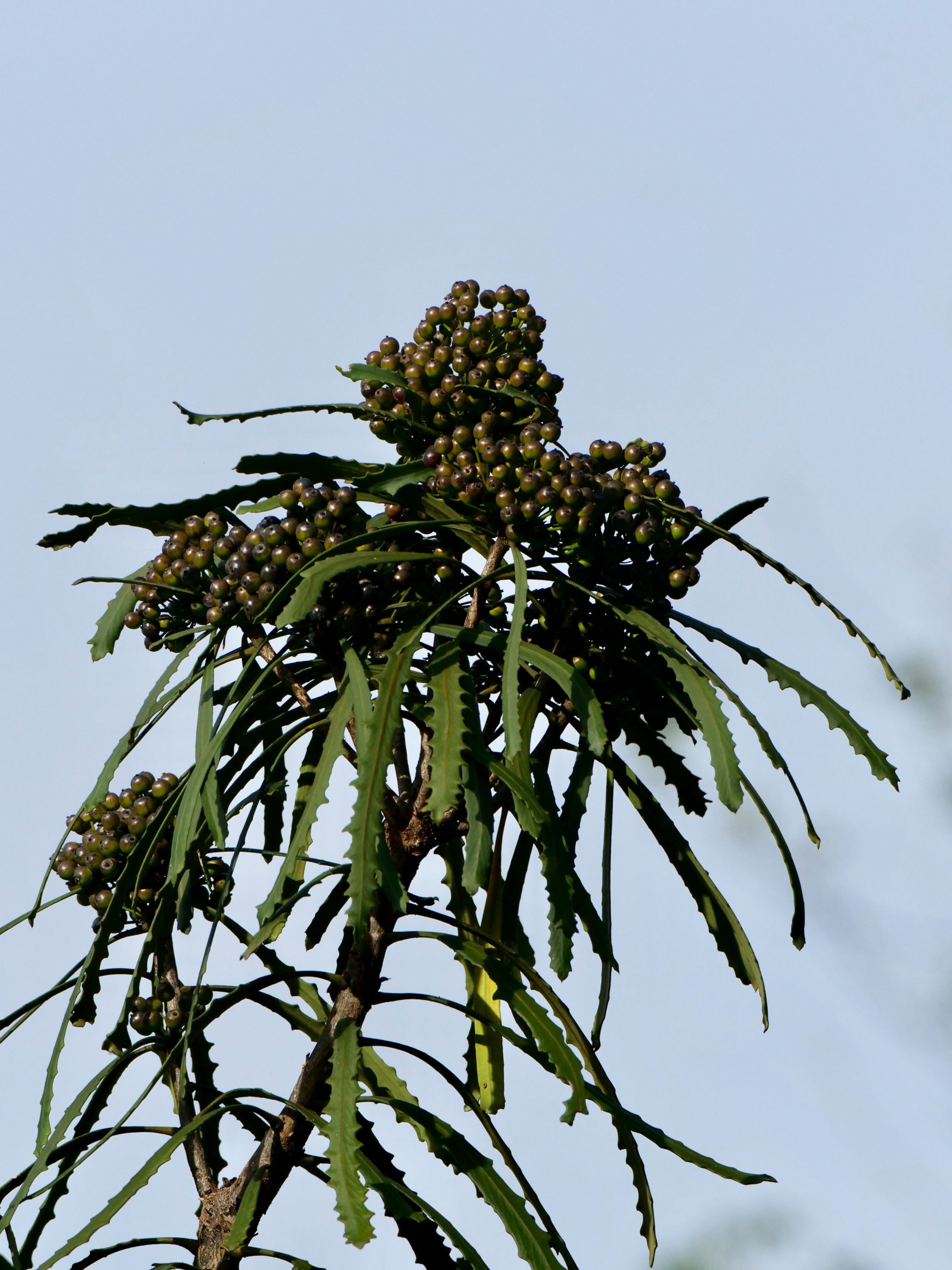
Notice the sharp edges on the downward-hanging leaves of Pseudopanax Ferox, commonly known as Toothed Lancewood, or Fierce Lancewood.
As explained here, it appears that the “fierce” leaves evolved to prevent the Moa- the tallest bird that ever walked on earth – from denuding the tree.
When it grows taller than the Moa, the tree’s trunk discards its long, “toothed” leaves; smoother, more rounded leaves then grow in a branching crown, above a now-leafless trunk.
The juvenile tree bears little resemblance to the adult.
As explained in this trilogy’s first chapter, the Maori wiped out the Moa.
My thanks to Chris Riley, co-proprietor of and tour guide for the excellent outfit who took us to Mou Waho.
